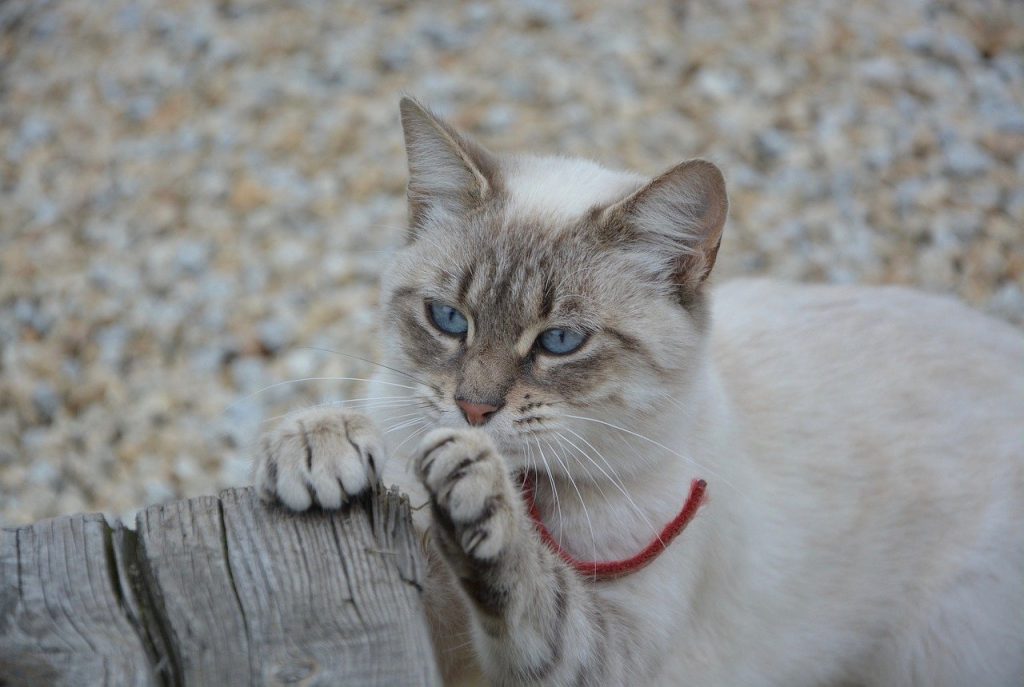Claw Marking
 Photo: JACLOU-DL/Pixabay
Photo: JACLOU-DL/PixabayClaw marking has the functions of:
- Stretching the back muscles after resting.
- Claw maintenance.
- Scent marking.
Location:
The natural location for this behaviour is outside the house as it is intended as a signal to inform other cats about the boundaries. For cats that live indoors it is important to think about where to position scratching posts so that they will be used appropriately.
- Place in a clearly visible location and in places where you have noticed the cat previously scratching.
- Another way to attract attention to the scratching post is to place it close to where the cat rests. This is because often, when cats wake up, they scratch in order to stretch.
- To attract scratching, rake them vertically with a wire brush to create some fake scratch marks.
- To introduce the cat’s scent, rub a piece of clean cotton fabric against their flank and then rub the post with this cloth, working well into the fake scratch marks.
Materials:
- Soft wood is the best type of material as it easily indents.
- Carpet and Hessian can also be used. These can be made more attractive by marking them with heavy black, permanent, marker pen and then scratching the surface with a few vertical strokes with a wire brush.
- Hessian mats on the floor can also provide additional scratching places.
- Feliscratch by CEVA is a new product that helps redirect your cat on to a more appropriate area.
For details and to buy visit FELISCRATCH by FELIWAY.
Other Points:
Some cats use clawing as a means of gaining their owner’s attention. In order to maximise on this behaviour look at the cat when it is using its scratching posts and react favourably to it.
Some cats can perform this behaviour if they live in a multi-cat household. Ensuring that each cat has sufficient space and plentiful resources is important to prevent problems and ensure harmony.